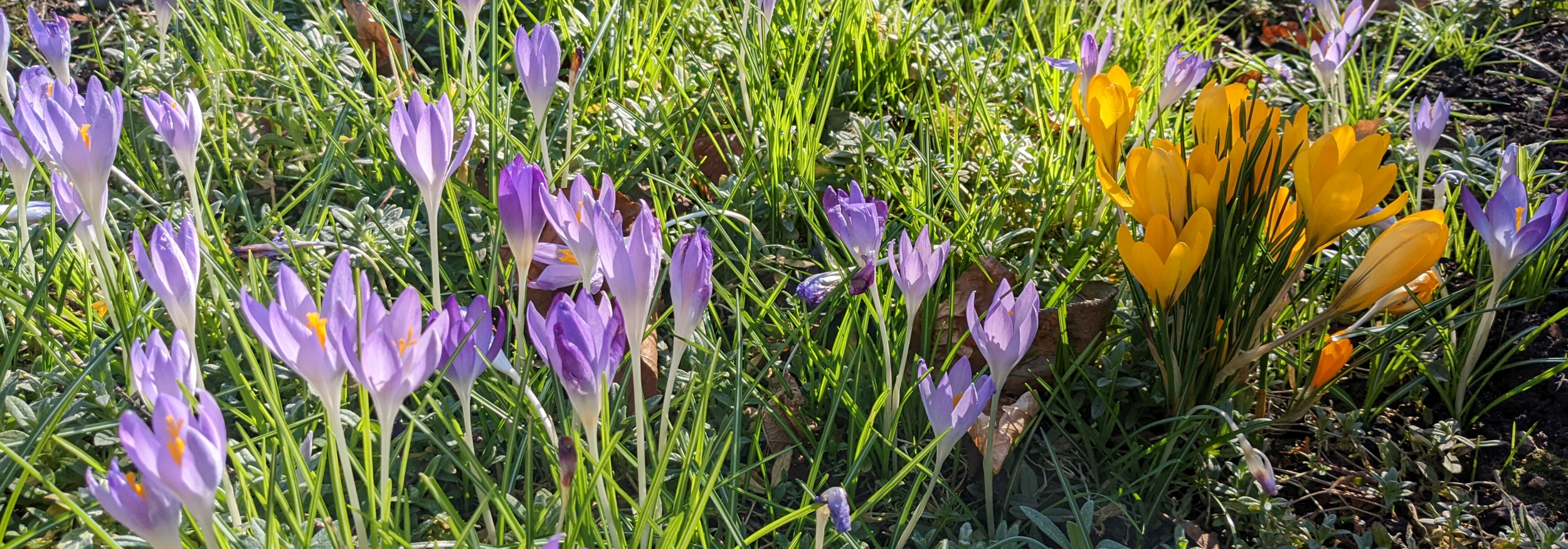Edible Weeds
/Dandelion Fairy, Cicely Mary Barker, 1923
A weed is a flower in the wrong place,
a flower is a weed in the right place,
if you were a weed in the right place
you would be a flower;
but seeing as you’re a weed in the wrong place
you’re only a weed –
its high time someone pulled you out.
(Ian Emberson)
The question is, is he right?
In these strange times, shopping has become rather more stressful than just a few weeks ago. Some of us can’t leave our homes. Others have to practise social distancing and queue to enter any shop. Luckily we still have supplies filling the shelves but consider what would happen if you had to provide fresh produce for the household all year round. The ‘hungry gap’ (the period of time when winter stores have come to an end and before new crops are ready to harvest) is officially over, but today we are so reliant what shops can provide, that few of us, I suspect, have a lot to pick in late spring. Aside from what grows in veg plots or fields, there probably isn’t much we would recognise as food or consider putting on our plates today.
Before modern agriculture developed, imports from other countries enabled us to eat out of season produce and our complicated food supply industry ensured that every food shop could offer a wide range of products all year round (& we have recently seen how precarious that can be as shops ran out of some essentials for a while and farmers were highlighting the lack of people to pick fruit and veg), our ancestors had to know what wild plants were edible so they could supplement what they could cultivate; a poor harvest the previous year or a long, hard winter could mean severe hunger by the spring. Many of our wild plants were once cultivated or collected as foodstuffs and continue to thrive in woods & hedgerows and as weeds in our gardens; a number make their appearance early and could once have been lifesavers for some families. Cressing Temple Gardens grow a number of plants in the walled garden that were eaten before many of our now common fruits and vegetables were introduced.
Before we start, do bear in mind however, that some might not taste very nice, even if nutritious, and that it is illegal to uproot any wild plant. It is legal to take foliage, flowers, fruit and fungi from the wild (there are exceptions, found in the 1981 Wildlife and Countryside Act and none of the plants below) but not from a public park or your neighbour’s without permission. Also make sure that you know what you are picking – one reason I have only listed easily identified and common plants that many of us have in our gardens.
Perhaps the most important wild plant in earlier centuries was the stinging nettle (Urtica dioica). Aside from household and medicinal uses, it sprouts early, and a handful added to the pot provided much needed nutrients. Young leaves can be eaten as a vegetable if lightly steamed or added to soups. They replace spinach in almost any recipe and nettle tea is very good for eczema, asthma, hay fever and muscle aches. I probably don’t need to add that it shouldn’t be eaten raw.
Every part of the dandelion (Taraxacum officinale) is edible. The leaves can be eaten cooked or raw and are a good source of vitamins A, C and K as well as several minerals, including iron, calcium, magnesium and potassium. In addition, the flowers can be eaten raw, breaded or fried and if we run out of coffee (I have my fingers crossed tight that this doesn’t happen), the roots can be dried, roasted and ground as a substitute. Do bear in mind however, that its common names include pissabed and piss-en-lit, it is commonly used as a diuretic, so over consumption isn’t advised. I prefer an alternative name, referring to its leaf shape, dent-de lion.
Usually thought of as a pernicious weed today, ground elder (Aegopodium podagraria) was once a staple food. Not a native, it was probably introduced here by the Romans to feed soldiers on their travels and by the Middle Ages was commonly planted in gardens. The leaves can be eaten raw when very young or added to stews and soups. However, as many gardeners know, it is almost impossible to eradicate. Common names for it include ‘rampant champion’, 'gardener’s sadness’, ‘Jack-jump-about’ and poetically ‘the expanding green hell’, and for that reason it fell out of favour fast. One bit of sound advice is ‘to beat it, eat it’.
There are a couple more plants worth mentioning: The tiny seedlings of cleavers (Galium aparine) can be used as a green vegetable – older growth can be rather stringy – but do make sure you get the roots up (if picking at home) or it will come back to haunt you. The leaves of Jack by the hedge/garlic mustard (Alliaria petiolata) have a mild garlic taste and can be eaten as a salad leaf or used to make a sauce for lamb instead of mint. Alexanders (Smyrnium olusatrum), which grows in a number of places in Essex, can replace celery in stews and salads. In addition, some garden flowers can be added to salads – forget-me-nots, primroses, violets and lilac can add colour and interest. Find out more about those here.
Let’s hope that next month things are looking better for us all and in the meantime, keep safe and healthy.


